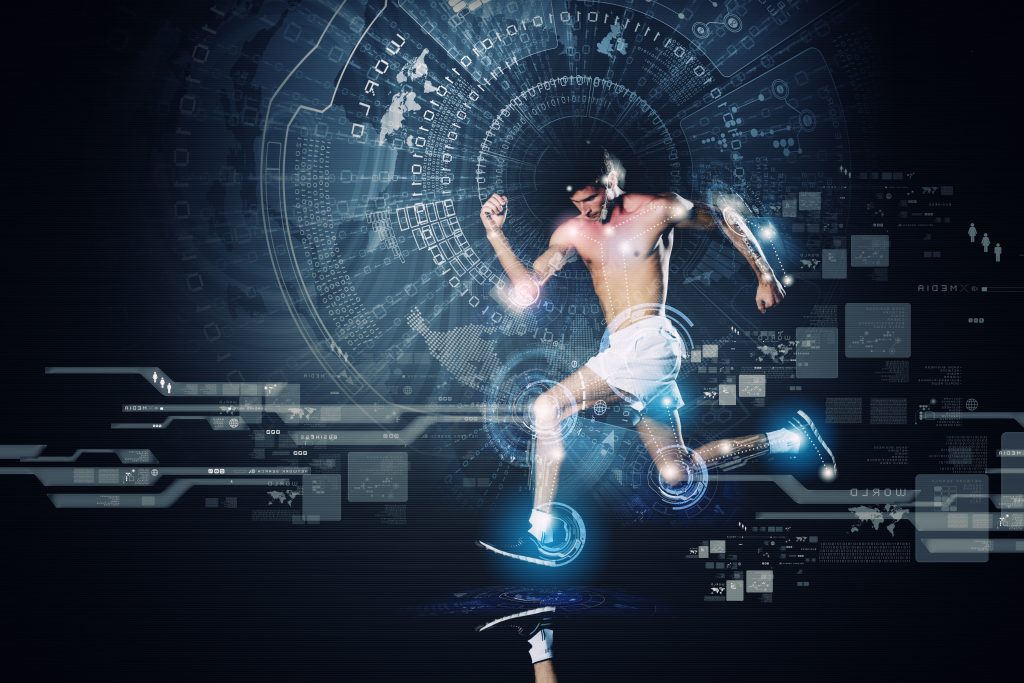
When an athlete gets injured, the obvious question is:
“How long until I can return?”
But the better question—the one that actually leads to success—is:
“How do we return the right way?”
Injury recovery is more than rest and clearance. It’s a rebuild of the entire system—movement, confidence, skill, capacity, and readiness.
That’s why I created the Aruka R6 Return-to-Play Model—a skill-based, phase-driven recovery process built to restore full performance, not just check the boxes.
🔷 What Makes R6 Unique
Most return-to-play systems fall short because they focus on timelines, pain reports, or surface-level readiness. The R6 Model solves this by offering three distinct advantages:
- It’s a Skill-Based Performance Model
We don’t just restore tissue—we restore skill competency. The athlete’s ability to move, stabilize, react, and perform must be rebuilt with intention and precision. - It Structures the Rebuild Phase into Three Clear Stages
Most injuries stall in the middle. That’s why Phase 3 is broken into ALPHA, BETA, and OMEGA stages, each with its own assessments, key performance indicators (KPIs), exercise types, surface and tempo guidance, and exit markers to progress safely. - It Requires a Global, Non-Siloed Team Approach
R6 removes the walls between medical, therapy, performance, parents, and athletes. This model succeeds only when everyone communicates, collaborates, and understands the athlete’s full journey.
🌀 The Six Phases of the R6 Model
Let’s walk through the full framework. In this article, we’ll explore the first three phases: Repair, Restore, and Rebuild.
PHASE 1: REPAIR
“Start healing. Set the tone.”
This is the immediate post-injury stage, medically supervised and built around protection and foundational activation. It may not be necessary for chronic or mild injuries, but for acute injuries—especially post-surgical cases—this phase is critical.
Key Objectives:
- Protect the injured site
- Reduce swelling/inflammation
- Support healing through circulation and nutrition
- Reintroduce light, pain-free movement
- Begin muscle activation without overload
- Build athlete trust and emotional stability
Applicable Populations:
- Surgical patients
- Acute trauma cases
- Major joint injuries (ACL, Achilles, labral tears)
Team Roles:
- Orthopedist
- Physical Therapist
- Athletic Trainer
- Parents (in youth cases)
PHASE 2: RESTORE
“Regain control. Reduce compensation.”
Now we shift to joint mechanics, proprioception, and postural stability. The athlete must begin to move without fear or faulty patterns.
Key Objectives:
- Restore pain-free range of motion
- Rebuild balance and proprioception
- Eliminate early compensations
- Re-establish joint integrity and neuromuscular control
- Begin bilateral and sagittal plane movements with quality
Focus Areas:
- Soft tissue mobilization (if needed)
- Isolated joint movement and positional holds
- Controlled ROM on stable surfaces
- Relearning proper gait or stance
- Begin breathing and bracing mechanics
Exit Markers:
- No visible compensations in basic movement
- Full passive and active ROM (compared bilaterally)
- Controlled balance in static positions
- Confidence to begin structured rebuilding
Team Communication:
This is the first major handshake between medical and performance teams. Both must assess the athlete’s capacity and agree on readiness for Rebuild.
PHASE 3: REBUILD — The Engine of the R6 Model
“Rebuild capacity. Restore skill. Eliminate dysfunction.”
This is where the Aruka philosophy comes alive. Most recovery protocols dump all training into one open-ended “rebuild” phase—but not here.
We divide REBUILD into three strategic stages:
🔹 Stage 1: ALPHA (Surgical/Acute Cases)
Goal: Re-establish movement literacy, eliminate dysfunction, and stabilize control.
Key Features:
- Assessments:
- Balance: Standing Stork, Walking Single-Leg RDL
- Gait Pattern: Walking Rudiment
- Functional Movement: Basic Motion IQ
- Exercise Types:
✅ Range of Motion, Breathing, Global Movement
⚠️ Coordination, Strength, Endurance
❌ No Agility - Planes of Motion: Sagittal and Frontal
- Tempo: Walk, March, Light Jog
- Surfaces: Water, Grass, Turf, Gym Floor
- Work Capacity: Aerobic emphasis
- Psychological Cues: Apprehension, fear, reactivity
Exit Markers:
- Pain-free basic locomotion
- Consistent balance control
- Early force symmetry (if tested)
- Confidence to load movements at low intensity
🔹 Stage 2: BETA (Intermediate Recovery)
Goal: Increase volume, intensity, and skill demand with controlled progression.
Key Features:
- Assessments:
- Unilateral Strength & Motion Control
- Advanced Motion IQ drills
- Movement Pattern Consistency
- Exercise Types:
Add Strength, Endurance, Coordination - Planes of Motion: All
- Tempo: Jog, Skip, Controlled Plyos
- Surfaces: Turf, Court, Field
- Work Capacity: Aerobic + Anaerobic introduction
- Psychological Focus: Restore rhythm and timing under fatigue
Exit Markers:
- Symmetrical single-limb control
- Capacity for deceleration and change of direction
- Fatigue tolerance without movement degradation
🔹 Stage 3: OMEGA (Mild/Chronic Injuries)
Goal: Reintegration into full movement complexity and early performance rhythm.
Key Features:
- Assessments:
- Advanced Agility IQ
- Elasticity, reactivity, rhythm coordination
- Exercise Types:
Add Speed/Force and Light Agility - Planes of Motion: All
- Tempo: Sprint Progressions, Decel-Accel Drills
- Surfaces: All applicable to sport
- Work Capacity: High-end anaerobic + performance skill
- Psychological Cues: Confidence, reactivity, adaptability
Exit Markers:
- Multiplanar performance with control
- Return-to-sport skills demonstrated at 85–90% intensity
- No regressions under speed, fatigue, or stimulus
- Team clearance for Phase 4 (Return)
🔜 Coming in Part 2…
In the next article, we’ll explore the final three phases of the R6 Model:
- Return: Structuring re-entry into sport or group activity
- Reassess: Confirming readiness through testing and psychological markers
- Resume: Full clearance and long-term maintenance strategies
We’ll also preview the Summer 2025 launch of Aruka’s 12 Pre-Built RTP Protocols—built directly from this model.
Until then, remember:
Healing is a process. Recovery is a system. Return is a responsibility.
That’s why we rebuild—and restore—the right way.
—Coach J
Kent Johnston
Leave a Reply